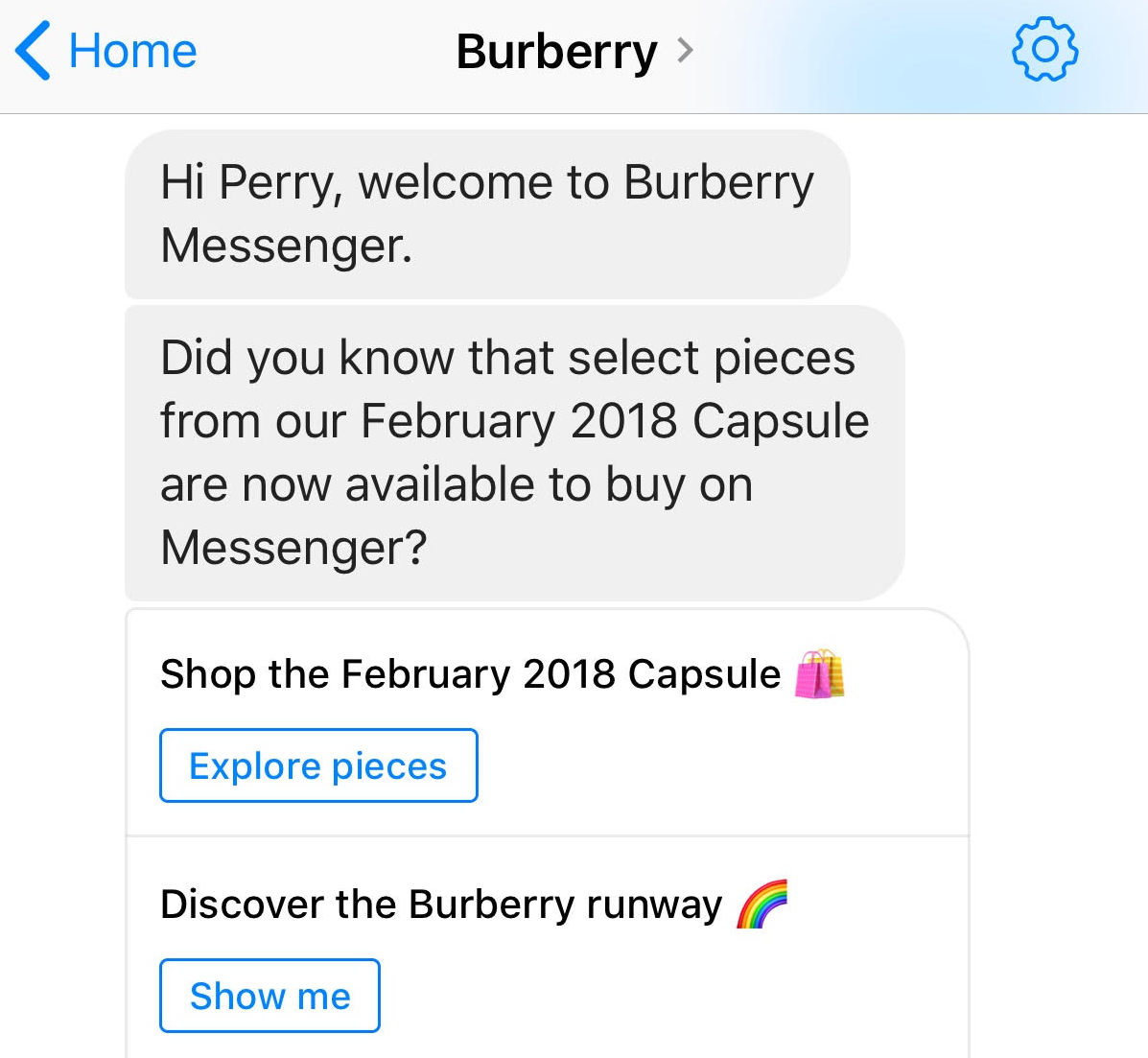Suddenly, we’re surrounded. From internet-enabled speakers to just-in-time text messages to AI-powered bots of all flavors, we have daily interactions through conversational user interactions. And as with any technology in its infancy, many of those interactions are flawed. They turn up at the wrong time, offer the wrong tone, don’t understand what we’re asking for, or don’t solve our problem as intended. How do you begin to create well-designed conversational interactions that take into account both the intent and context?
 One source to turn to is Erika Hall’s Conversational Design, which introduces the thought-provoking issues and practical considerations inherent to conversational interactions. The book covers principles and practice, the role of personality, and how organizations can plan for getting it done. It’s the last of these that fascinates me: how can organizations deliver the content capability for these new forms? All these interactions require new kinds of content, and organizations need first to create a culture and practice of strong verbal design as part of an overall content strategy to fuel these interactions.
One source to turn to is Erika Hall’s Conversational Design, which introduces the thought-provoking issues and practical considerations inherent to conversational interactions. The book covers principles and practice, the role of personality, and how organizations can plan for getting it done. It’s the last of these that fascinates me: how can organizations deliver the content capability for these new forms? All these interactions require new kinds of content, and organizations need first to create a culture and practice of strong verbal design as part of an overall content strategy to fuel these interactions.
Three preliminary takeaways:
- New interactions require deep understanding of customer behavior, learned through user testing. Find ways for the content team to embed with product to participate in that questioning and learning process. What are the edge cases to bear in mind? How do you develop personas that move beyond task to develop empathy for user context? Are there overall content lessons learned that may be applicable to other interfaces, like social? How is that information shared?
- Ensure your organization has voice and tone guides appropriate for this new kind of interaction design. For example, there should be considerations for ways to marry words and imagery; a reasoned approach to pacing and pauses through artificial wait times; options for setting the tone of the customer’s response options correctly.
- Hall points to the pitfalls of bland mimicry of other experiences — at worst you get your own voice hideously wrong, and at best, you sound like content created by committee. But that doesn’t mean you’re off the hook from looking outward: she suggests you collect voice samples. When you’re in the build process, bring together a cross-section of people to listen to the voice samples and evaluate. What’s working and what’s not?
It took us a couple of decades of the commercial web to move beyond the design team throwing PhotoShop documents over the transom to the developers, a practice that resulted in a lot of disconnects evident to users. With the rise of conversational interfaces across the web, we have the opportunity to bring teams together early on for a customer-first content strategy to support effective and engaging conversational interactions.
